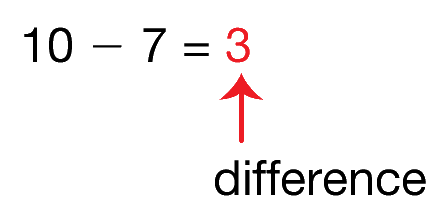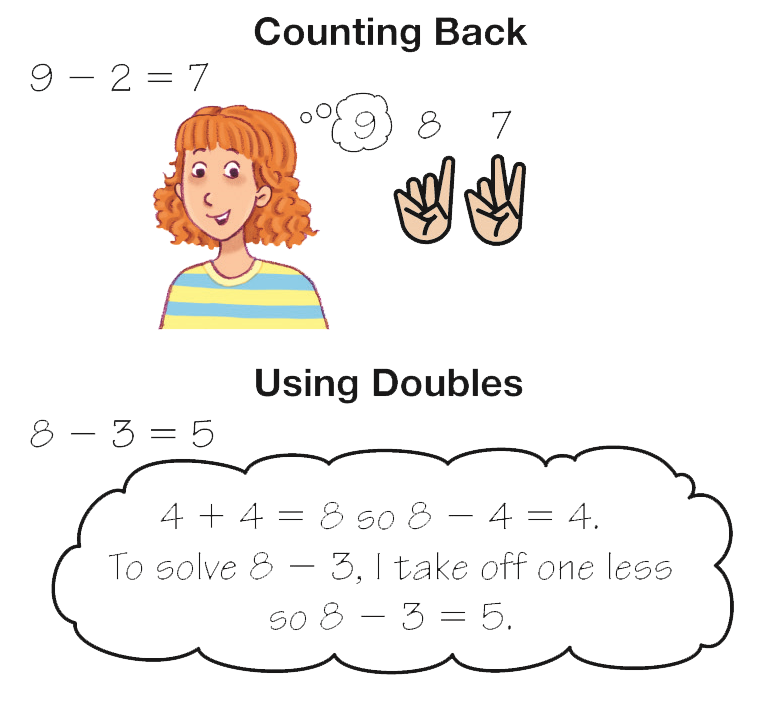Students practice a variety of mental math and paper-and-pencil subtraction methods with multidigit numbers. They estimate and check for reasonableness, and explore the efficiency and usefulness of the strategies in various situations.
Content in this Lesson
- Solving multidigit subtraction problems using mental math strategies
(e.g., composing and decomposing numbers, counting up) with number lines, a 200 Chart, and base-ten pieces [E3]. - Solving multidigit subtraction problems using paper-and-pencil methods
(e.g., expanded form, compact) [E4]. - Using and applying place value concepts to make connections among representations of numbers using base-ten pieces, number lines, expanded form, and standard form [E1].
- Representing subtraction problems using base-ten pieces and number
lines [E2]. - Choosing good tools and efficient strategies for different types of
problems [MPE2]. - Determining the reasonableness of a solution to a subtraction problem [MPE3].
- Solving problems in a variety of ways to check subtraction
calculations [MPE4]. - Solving subtraction problems and showing the solution strategy [MPE5].
Daily Practice and Problems AA–DD
Assessment in this Lesson
| Assessment | Expectation Assessed | Math Practices Expectation Assessed |
|---|---|---|
|
Subtraction Practice Workshop Menu Self-Check Student Activity Book Page 479 |
|
|
|
Subtraction Strategies Quiz with Feedback Box Student Activity Book Pages 491–493 |
|
|
















